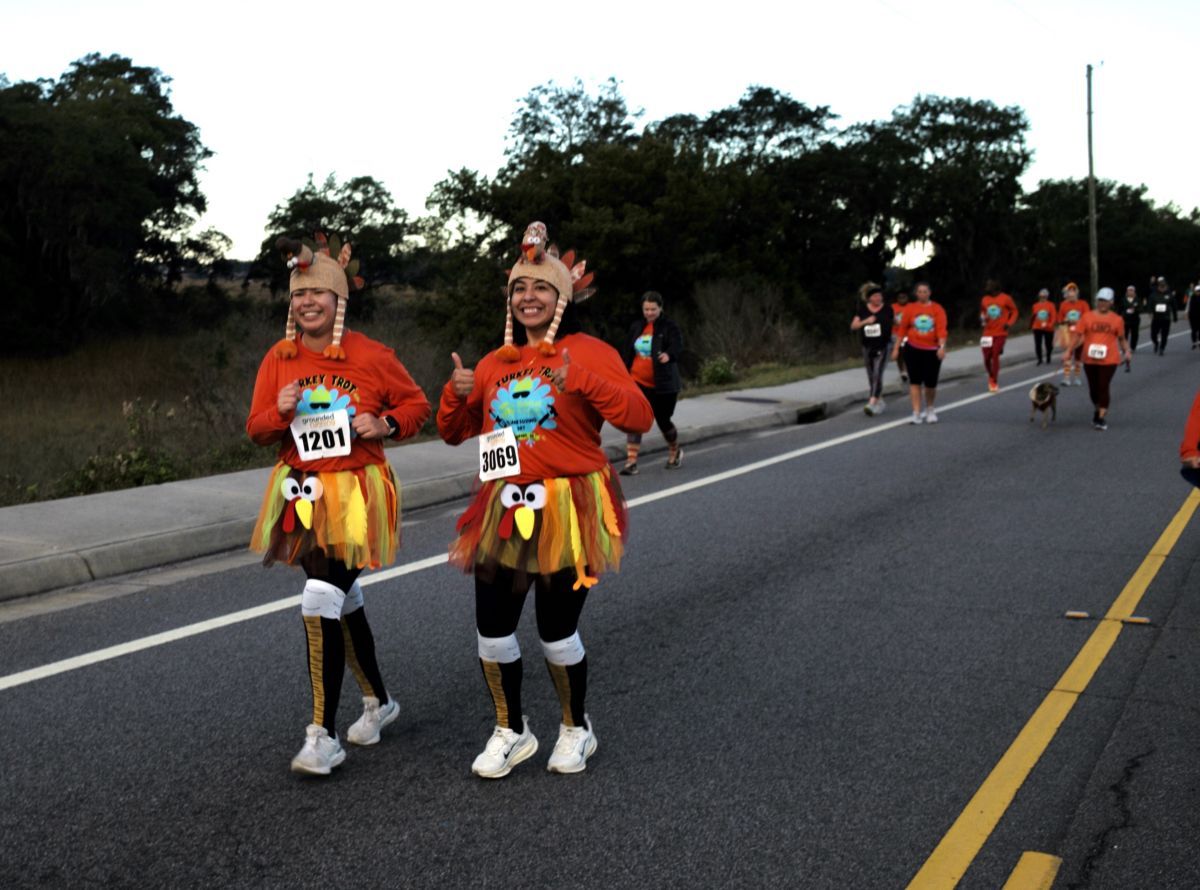By Susan Stone
This month we’ll address how to get rid of Aphids, and answer some pressing questions about deer.
Question: I was wondering if you have a natural solution to rid my Oleanders from a small type of fly that is covering the stems with yellow, what I assume to be eggs or larvae. Mike
Answer: Sounds like you have Aphids, Mike. This little mix should do the trick. You’ll need garlic oil, dish soap and water. I use wet garlic (in glass jars) from the produce department.
Put 1 tbsp. garlic oil and a few drops of dish soap in a household spray bottle (approx. 30 oz.), then fill with water. Saturate the affected area, but also spray any sooty mold you find on the plant. Be sure to replace the oil you’ve poured off (I use olive oil), so you’ll have it ready for next time.
Garlic and onion sprays are very effective on plant mildews and funguses.
Question: How can you prevent deer from ravaging your yard? Are there any deer resistant flowers?
Answer: Imagine if you will, coming home from a long day at work and you discover that someone has left you a beautiful basket full of chocolates, cookies and all your favorite treats. You would be more than tempted to sample — hey, it’s your house! You may not even wait to read the card!
This is precisely how a new garden looks to the deer. You’ve just planted a hedge of roses and in front of them a beautiful mix of Hibiscus flowers. The deer come along that evening and think: “Wow, these humans really love me … this is all my favorite food! How did they know?”
There are many animal resistant products available and I have probably tried them all over the years including fragrant bars of soap, human fertilizer, blood meal, solar sound emitters and scarecrows. I’ve tried surrounding plants they like with plants they don’t like, plus every product I could find on a retail shelf. Do they work? Sometimes, or for a while, then they don’t.
If you insist on having roses or other plants that attract the deer, try feeding them in another area of your yard. Fifty pound bags of corn are much cheaper than replacing plants. They prefer corn over most of what you have — but that is still not a guarantee.
Like it or not, your yard is their home too. But that doesn’t mean you cannot coexist happily. There are many flowers and plants that deer will not eat, there are even more that they will occasionally nibble on and then there is the long list of deer candy.
Here is a list of my personal favorite deer resistant flowers. Most of them I have never seen deer touch. A few of them have been tasted, but not preferred, so I will include them as well, in no particular order:
• Plumbago
• Ginger (including the variegated)
• Oyster Plant
• Yarrow
• Monarda (Bee Balm)
• Setcreasea
• Lantana
• Vinca
• All the Salvias
• African Iris
• Flax Lily (Dienella)
• Farfugium
• Zinnia
• Phlox
• Cleome
• Gaillardia
• Echinacea
• Rudebeckia
• All the Sedums
• Coreopsis
• Canna
• Sunflowers
• Marigolds.
For more information and an extensive list of deer resistant plants, go to http://www.almanac.com/content/deer-resistant-plants
Please send your gardening wisdom and questions to susan@outdoorarchitecture.com. If you are asking about a particular disease or pest, please include a photo if possible.
Happy Gardening!
Recipe of the month: Deer Repellent
You will need 1 gallon water (I put it in a plastic milk bottle). Beat up two eggs and put in water. Add 1 cup of Murphy’s Oil Soap. Set out in the sun for two days. Works without sun but only if it’s hot out. I put it in a pump spray bottle then. Smells bad, but slowly goes away. The deer do not like the taste of it. Reapply after heavy rain.






